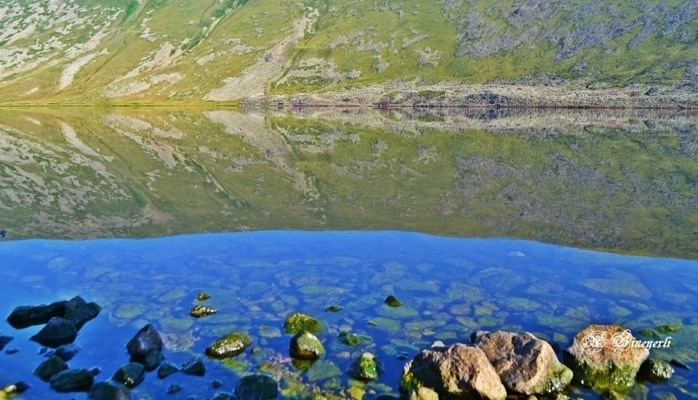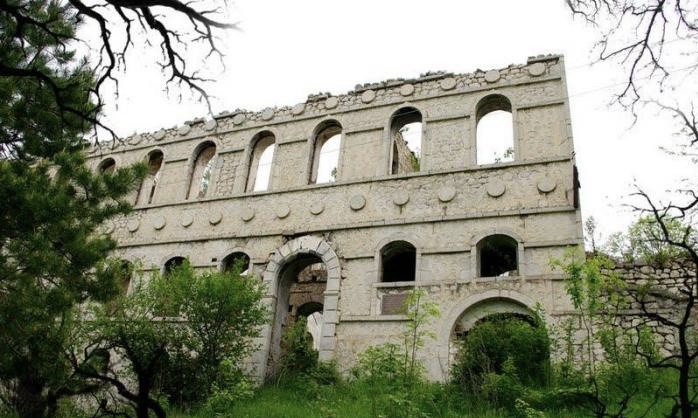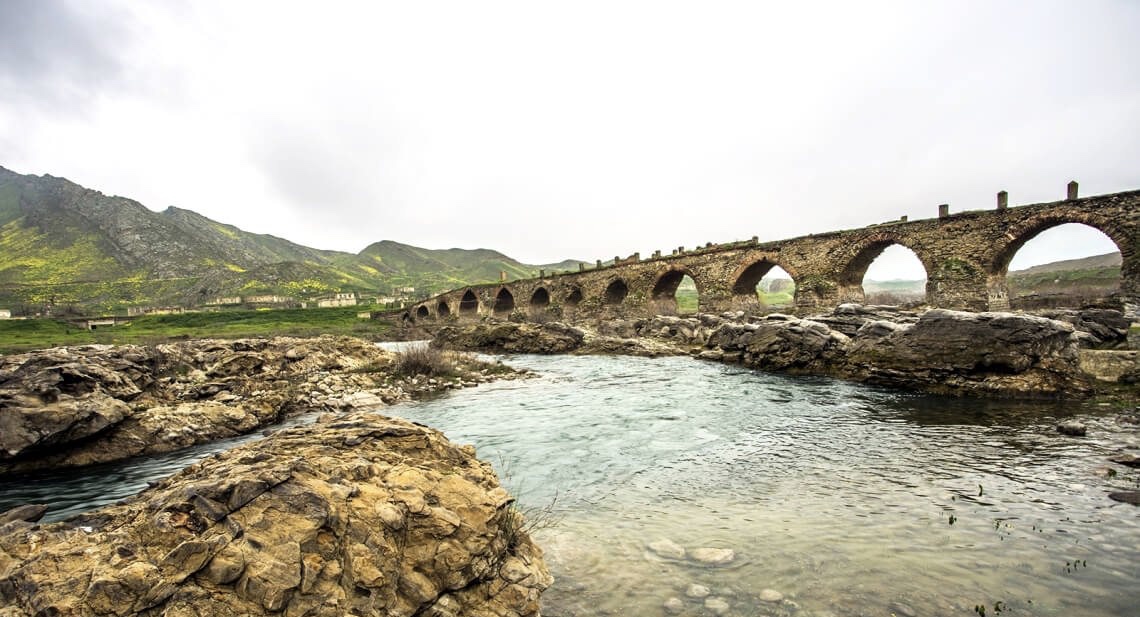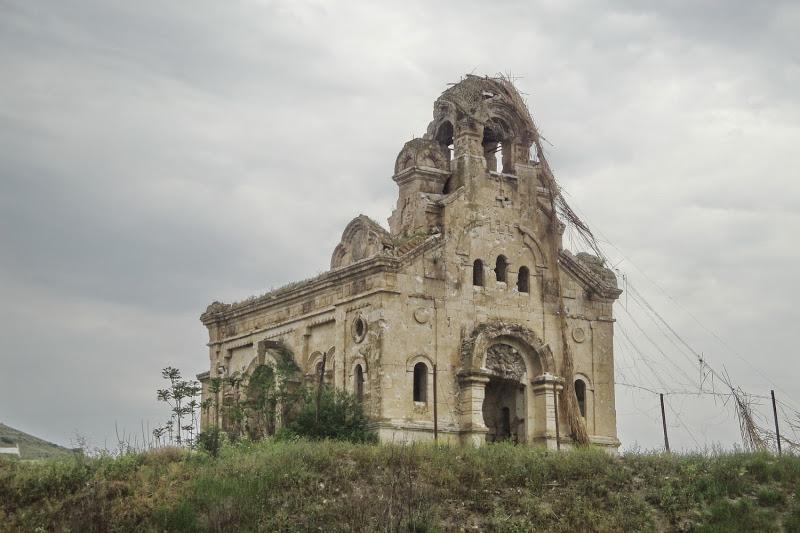






of







of







of





















Rich in oil and natural resources, Azerbaijan possesses mineral waters, which contain high quantities of minerals. There are more than 1000 unlimited mineral water resources in the country. Most of them are widespread over mountainous regions.
The mineral water from the Istisu in Kalbajar is often compared to the thermal mineral springs of the Karlovy Vary Resort in the Czech Republic.
The heaven of Azerbaijan Kalbajar can be named rosary. It is considered as museum of nature. There are more than 4 thousand kinds of plants and 200 of them are used in treatment. As a land of rich forests Kalbajar owns hundreds of mineral springs. Istisu’s fame about curing every illness, fancy of cloudy and misty Murov, Dalidag’s many guests on its hills and its rosary of flowers are known to everyone. And so for that reason father of geology of Caucasus Avix noted about Kalbajar: “The person who has never seen Tartar valley, only then can be astonished in front of Switzerland”.
Treatment zones with mineral water fields, which gave popularity to Kalbajar, are Yukhari Istisu, Ashagi Istisu, Keshdek, Garasu, Mozchay, Bagirsag, Gotorsu that were under occupation fro 27 years. On a warm spring day, these mineral waters turn into one of the most wonderful recreation places.
One of the gifts that Kalbajar possesses is Istisu and the chain of hills on the west of the region. The lake Goycha is situated in the way of 300 versts with altitude of 2225 meters above sea level. It is 112 versts way to railway station. But if you go by Yevlakh-Barda railway station the way to Istisu is 200 meters from Tartar-Agdara. The way between Kalbajar-Istisu and Tartarcay is 25 kilometers. In 1940 Istisu-Tartar road was constructed.
Academic and scientist of Azerbaijan nature Mirali Gashgay said: “Istisu Mineral spring is the gift of nature. For the chemical consistence and physical features Istisu is the same with Karlovi-Vari waters (Czech Republic) and is unique for its some traits.
The most eminent scientist of that time Karstenski highly appreciated curing importance of those mineral waters in Istisu and he indicated that land as a place, which can bring popularity to not only Azerbaijan and USSR but also to the world. The heat of Istisu waters is 58,8 0C. 1 liter of water is rich in minerals such as lithium, bromine, iodine, arsenic, phosphorus, zink, med, nickel, magnesium, iron, weighing 6,7 grams. One of the springs wells out the fountain with the height of 8 meters. According to statistics each year 3 bln 963 mln liters of water come out from Istisu springs. Water filling fabrics had used only 22 mln of this water. Istisu Mineral springs appeared as a result bulging and crack after earthquake happened in 1138. Water of Istisu is hipertermal, carbonic and there are substances such as hydrocarbon-chloride-sulphate-natrium in it. Istisu Mineral water is comprised of 12 active springs. It is situated in Kalbajar region and distinctive for its opportune gas and chemical consistence, high temperature, and natural resources. This water can be used for healing both interior and exterior ailments. 80 big resorts and Mineral water filling factory was built on the spring. That factory had been producing 800 thousand liters of water every day.
Istisu sanatoriums were very important during the former USSR functioned in the Istisu. For many years, Istisu has brought back to life millions of people. The source itself is located on the slopes of the Lesser Caucasus Mountains at an altitude of 2,225 meters above sea level. The toponym Istisu means “hot water” in Azerbaijani. The health resort was built in 1928 around the famous Istisu mineral waters. October 8, 1960, Istisu received the status of an urban-type settlement, and the sanatorium acquired the status of all-Union significance. Thousands of people from all over the USSR visited Istisu in the hope to heal from gastrointestinal diseases, metabolic and nervous system disorders and much more. The salts obtained from the waters of the Istisu mineral springs were used for chronic constipation, diseases of the liver, gallbladder, gastritis, etc.
This spring is one of the natural resources bringing the highest amount of income to the region’s budget. Mass amount of money is spent on drilling oil. They also benefit from the assistance of foreign companies. Annual flow of Istisu is 600 mln liters. But only 10 % of this water was utilized. Tourists from many countries came to seek cure in Istisu, which was considered more curative than Karlovu Vari in Check Republic.
Kalbajar and Istisu resorts were under occupation since the occupation of Kalbajar in April 1993 by Armenian Armed Forces. During 27 years of occupation Armenians vandalized Istisu natural reserve and destroyed sanatoriums. On November 25, Kalbajar region was liberated in accordance to the trilateral ceasefire treaty between Azerbaijan, Armenia and Russia that signed on November 10, 2020.

Qaragol Interrepublics State Reserve was set up with the decision of the Council of Ministers dated November17, 1987. Garagol State …

The idea of establishing Aghdam Bread Museum, which is considered to be the second in the world after the Zurich …

The Khurshudbanu Natavan’s House is a historical and architectural monument of the 18th century located in the city of Shusha. …

Museum Mausoleum Complex of Molla Panah Vagif is located in Shusha, Azerbaijan. It was built in honor of Molla Panah …

The Bridge belongs to the Arran architecture school. The first written source that mentioned the 15-arched Khudafarin Bridge belongs to …

Garghabazar Caravanserai was built in 1681 at the hillside, in the center of Garghabazar village of Fuzuli district, 8 km …

Armenia’s vandalism in Nagorno-Karabakh and seven surrounding regions affected not only the historical, cultural, and religious heritage of Islam but …

Jabrayil History-Ethnography Museum has been operating since 1953. Archaeological and ethnographic materials belonging to the history of the region, textiles, …

Khudavang, or Dedeveng, Monastery Complex is located in the Vang village of Kalbajar District, on the left bank of Tartar …

“The 19th century Aghdam Juma Mosque is perhaps the only structure that has withstood the years of neglect since the …